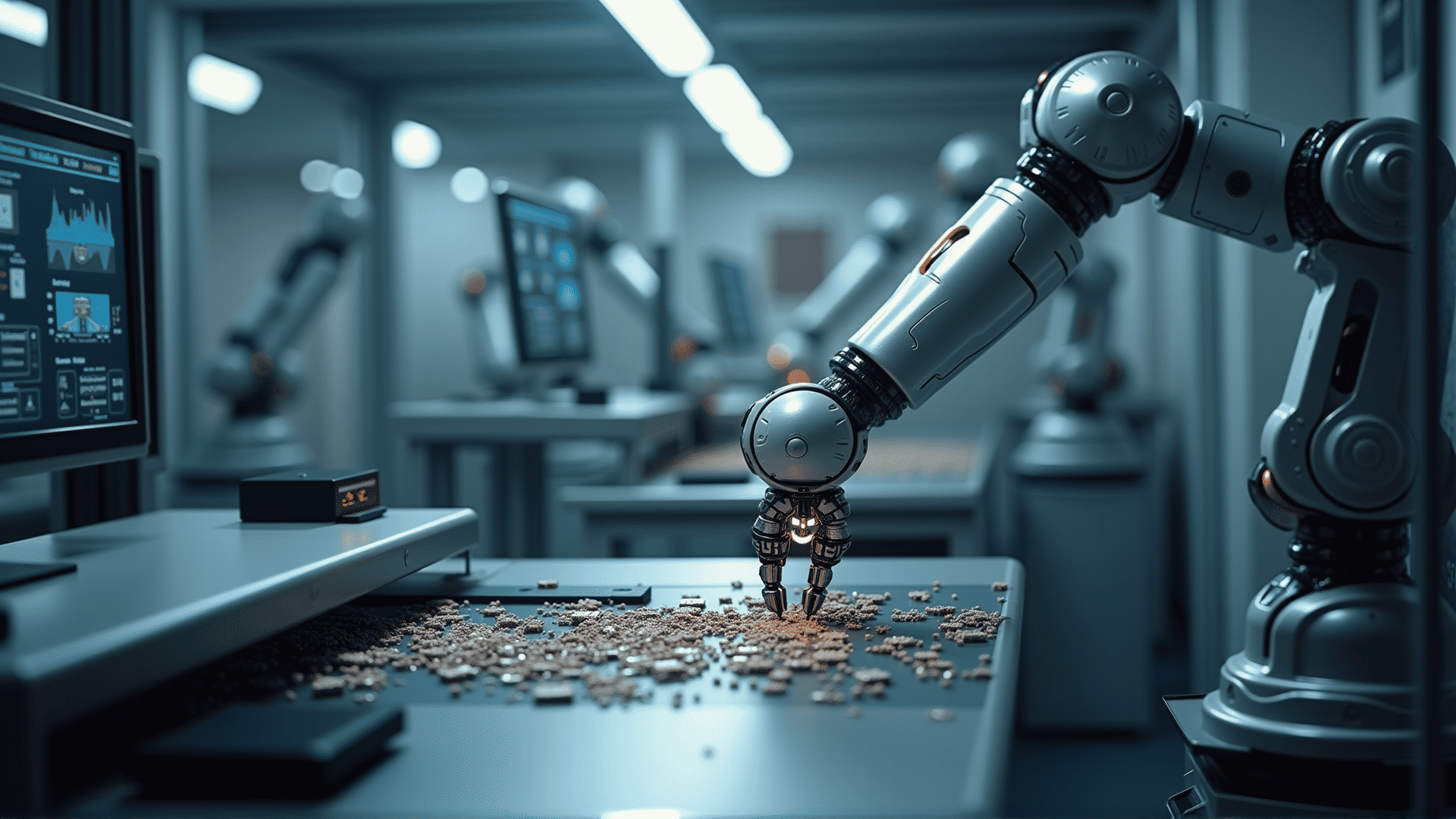Robotic technology has undergone a dramatic transformation over the centuries, evolving from rudimentary mechanical contraptions to sophisticated machines that have become integral to numerous sectors. The journey of these man-made marvels is marked by significant milestones and groundbreaking innovations that have redefined how various fields operate.
The earliest recorded instances of robotic-like creations can be traced back to ancient Greece and China, where inventors crafted simple automata that mimicked human and animal behaviors. These mechanical devices, often powered by water or steam, laid the groundwork for future advancements. However, it wasn't until the industrial era that these concepts began to take on more practical applications.
The first industrial revolution saw the advent of machines capable of performing repetitive tasks with unprecedented precision and efficiency. As steam power gave way to electricity, the capabilities of these machines further expanded, enabling mass production and setting the stage for automation. The term "robot" was popularized in the early 20th century, encapsulating the vision of machines that could operate autonomously.
A significant leap in robotic technology occurred in the latter half of the 20th century with the development of computer-controlled robots. These machines marked the beginning of a new era, characterized by programmability and enhanced functionality. The automotive sector was among the first to embrace this technology, employing robotic arms to assemble vehicles with accuracy and speed that were unachievable by human hands alone.
As technology progressed, innovations in artificial intelligence and sensors empowered robots to process complex sets of data and respond to environmental stimuli. This ability to perceive and adapt has led to revolutionary changes across multiple domains. In healthcare, robots assist in surgeries with precision, reducing the risk of human error and improving patient outcomes. In exploration, robotic rovers have been pivotal in gathering data on distant planets, expanding our understanding of the cosmos.
In recent years, the rise of collaborative robots, or "cobots," has further redefined the landscape. These robots are designed to work alongside humans, complementing their skills and enhancing workplace productivity. Cobots are equipped with advanced safety features, allowing them to operate in close proximity to human colleagues without posing a threat.
As we look to the future, robotic technology continues to push boundaries, with innovations in machine learning and human-robot interaction promising to extend their influence into areas yet unexplored. From autonomous vehicles to smart home devices, the integration of robots into daily life seems inevitable.
The trajectory of robotic technology is a testament to human ingenuity and the relentless pursuit of advancement. With each milestone, robots become increasingly capable of tackling challenges that were once thought insurmountable, reshaping industries and society in ways that continue to inspire awe and curiosity.
